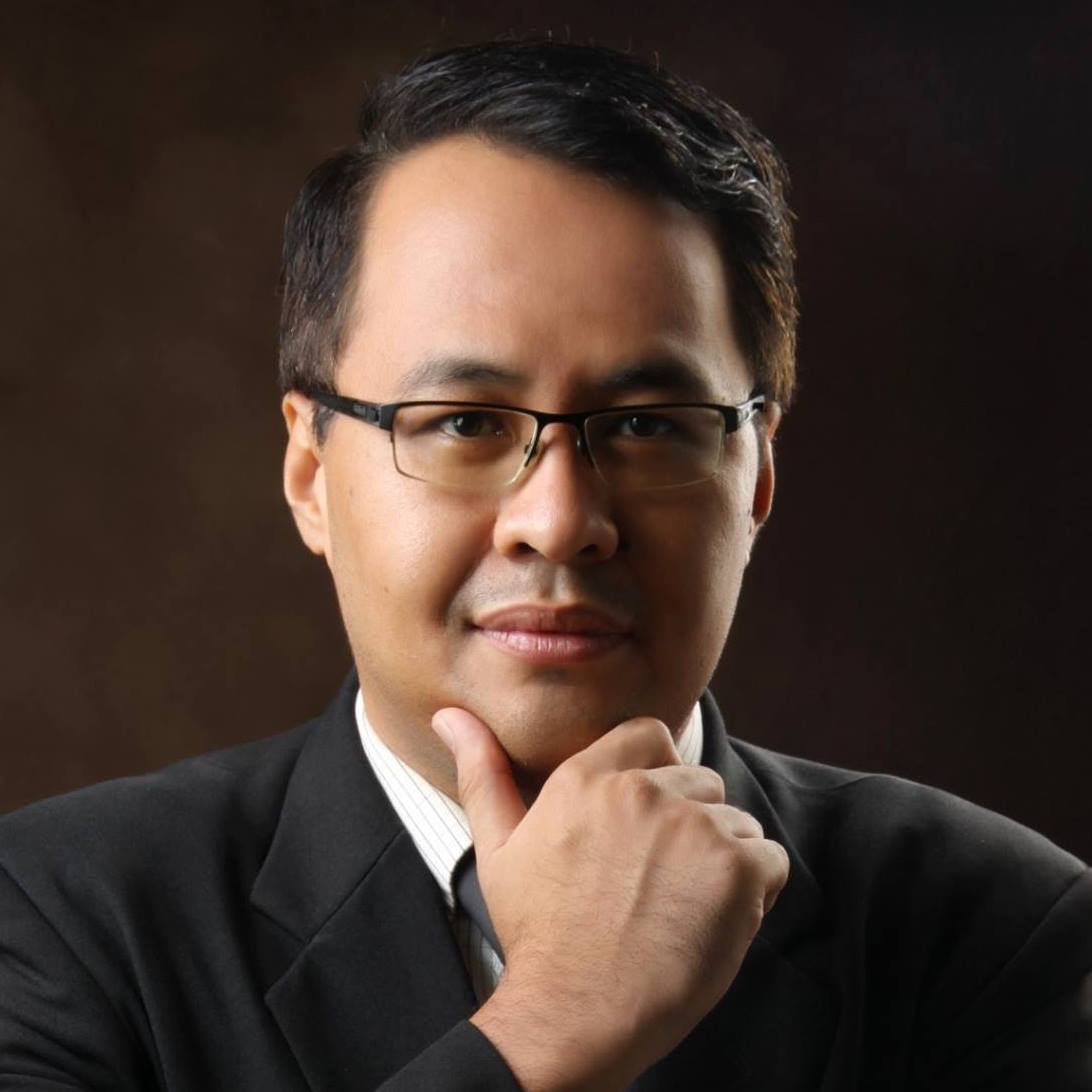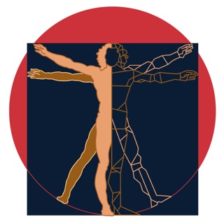My good friend, Prof. Manuel Riguera of Jurists bar review Center has emailed me an article he has personally written on the “major major” changes in the bar exams and the impact of bar exam review and coaching.
As most of you already know, Prof. Riguera is a well known bar exam reviewer and author of book entitled “Primer Reviewer in Remedial law.” He is also one of the owners and founders and currently the review director of Jurists Bar Review center, the pioneer of the very well known “coaching style bar exam review with mock bar exams” concept.
The article, discusses the changes in the bar exams and Professor Riguera’s commentary on these changes. He further highlights the greater need for coaching when preparing the bar exams in the light of these new changes.
Without further adieu here is part 1 of this three part article which is better than free beading projects.
Major Changes in the Bar Examination: Impact on bar exam review and coaching – Part 1
“Know the enemy and know yourself, and you can fight battles with no danger of defeat.” Sun Tzu,The Art of War.
Last 31 July 2010, I had the privilege of attending the Supreme Court’s Seminar-Workshop entitled “Preparing for the 2011 Bar Exams and Beyond” held at the U.E. College of Law. Invited were bar-review lecturers, deans of law schools, law professors, and law students of the U.E. The seminar-workshop was personally conducted by S.C. Associate Justice Roberto A. Abad, the chairman of the 2011 Bar Examination.
Justice Abad apprised us of the major changes that will be implemented starting in the 2011 Bar Examination. These are the following:
A new method of defining the coverage of the bar exams by topics and sub-topics rather than by statutes or rules.
Part 1 of the bar examination will be in the form of multiple-choice questions (MCQs). This part will have a weight of 60%.(1) Part 2 will be in the form of a one or two essay-type questions requiring the examinee to analyze a hypothetical legal dispute and to write a trial memorandum or decision for the side of the dispute that he chooses to uphold or defend. This part will have a weight of 40%.
Justice Abad informed us that these changes had already been approved by the Supreme Court.
I daresay that these changes are not only major but revolutionary. They will have far-reaching implications for the stakeholders in the bar examination: the bar examinees and the law professors and reviewers. One of the early advocates of the use of MCQs was retired Justice Vicente V. Mendoza. (2) Many of his recommendations were subsequently adopted by the Supreme Court and incorporated in Bar Matter No. 1161, which provided for a phased implementation of bar exam reforms. (3)
New method of defining the bar-exam coverage
The previous system of defining the bar exam coverage was to state the statutes and the rules that the bar examinee has to study. The Supreme Court felt that while this was acceptable in the past when the laws and rules were not that many, such a statement of the coverage would be too sweeping and over-broad given the exponential increase in the number of statutes and rules. The sheer plethora of the coverage would overwhelm the bar examinee.
Justice Abad said that while it was the consensus that a bar examinee should be tasked with studying and knowing only the basics of the law, defining the coverage of the remedial law bar exam as including the Rules of Court, or the coverage of the civil law bar exam as including the Civil Code would give little guidance to the examinee on what the “basics” of the law are. In this regard, I remembered a question in remedial law in which the examinee was asked to discuss Section 25, Rule 114 regarding the administrative duties of judges in conducting monthly inspection of detainees.
The new system would hopefully avoid such esoteric questions by circumscribing the source of questions that an examiner may employ. The new system would be very similar to an outline or syllabus that a law professor gives his students at the start of the course so as to guide the students in what areas to study.
Stay tuned for “Major Changes in the Bar Examination: Impact on bar exam review and coaching – Part 2”
Sources/Notes
(1)Justice Abad stated that there were some justices who favored a 50-50 ratio while others favored a 70-30 ratio, but in the end the consensus was for 60-40.
(2)VICENTE V. MENDOZA, TOWARDS MEANINGFUL REFORMS IN THE BAR EXAMINATIONS, 77 PHIL. L.J. 236-263,251 (2003).
(3) LAT, GAMEZ, BAGAREZ, & TONSON, BAR BLUES 138.
 Hi ! my name is Zigfred Diaz. Thanks for visiting my personal blog ! Never miss a post from this blog. Subscribe to my full feeds for free. Click here to subscribe to zdiaz.com by Email
Hi ! my name is Zigfred Diaz. Thanks for visiting my personal blog ! Never miss a post from this blog. Subscribe to my full feeds for free. Click here to subscribe to zdiaz.com by Email
You may also want to visit my other blogs. Click here to learn more about great travel ideas.

Leave a Reply